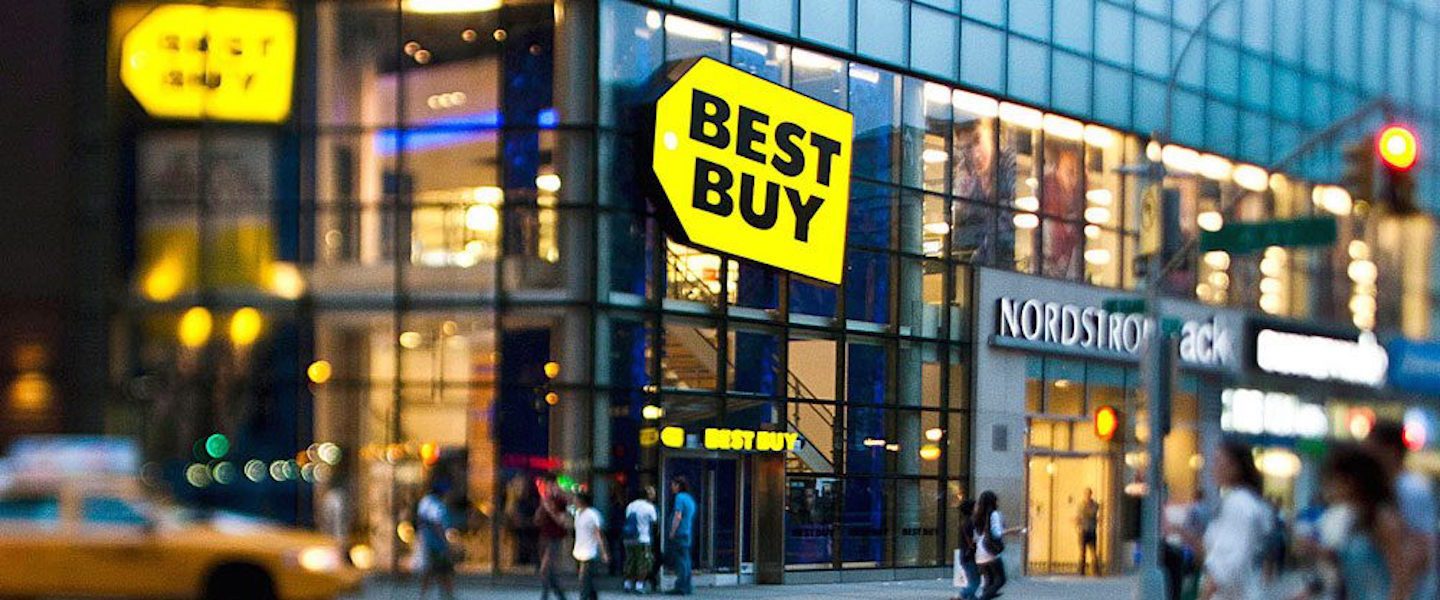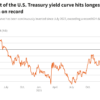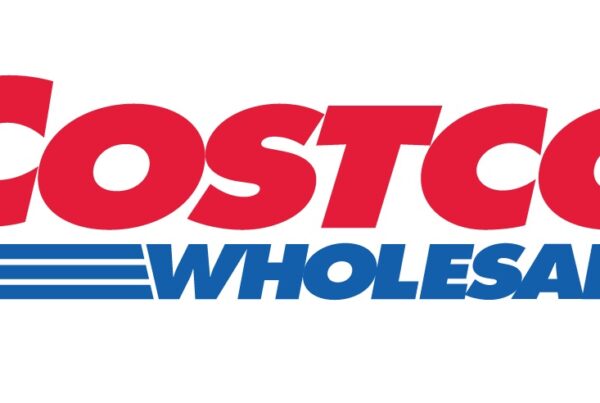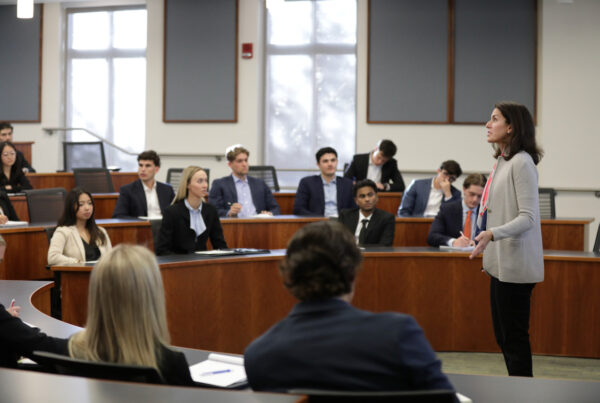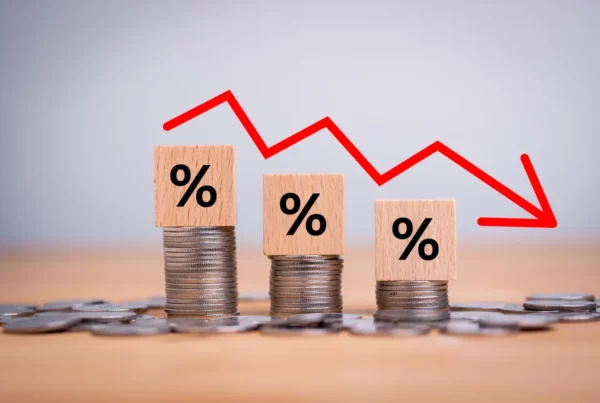Back in 2011, Forbes ran a column under the headline “Best Buy Gets Amazoned: Is it Doomed?” The author recounted how a friend’s dog had chewed up a printer cord for his laptop. The cord was available on Amazon for just $2.50. At Best Buy, it was $30.
Fast forward to the Consumer Electronics Show, 2018. Up on stage is Keith Bryan, Best Buy’s senior VP of media engagement & personalization, with none other than Allan Thygesen, Google’s president for the Americas. They’re doing a mind meld on the latest thinking in adaptive retail—everything from mastering your data, to going “frictionless,” to being as “assistive” as possible.
That’s quite an outcome for Best Buy, given the circling vultures of a few years ago.
Regardless of what the future holds, it’s clear that Best Buy actively responded to industry change so they didn’t suffer the fate of Circuit City, Borders, Blockbuster or RadioShack. Best Buy was quick on its feet and embraced changes that many thought it simply couldn’t survive.
At CES, Bryan talked about how decision makers at the company embraced the reality of showrooming. By emphasizing service in a high-touch environment, Best Buy focused on solving customers’ problems and creating an experience for them. Now that the Internet of Things is rapidly becoming a real a part of people’s lives, Best Buy’s emphasis on services related to connected homes, along with its continuing efforts to promote Geek Squad, now look pretty savvy. Are still-in-the-box, Internet-enabled impulse buys stacking up in your house, simply because you don’t know how to connect them all? Best Buy can help.
Such problems will only become more prevalent for consumers as IoT accelerates, and assisting customers comes in part from Best Buy’s ability to master their data. “To be helpful to people, we have to know them as individual customers,” said Best Buy’s Bryan. “To do that well you need data. You need the technology to do something with the data. And you need the media … to make sure you can reach customers for each opportunity to assist them.”
Will Amazon try to be assistive, too? True to form, Amazon knows it’s weaknesses better than anyone and they’re already heading in that direction. But for now, most people still think of Best Buy first.
The changes appear to be translating into real results: For the fourth quarter, Best Buy reported better-than-expected same-store sales—9 percent as opposed to analysts’ predictions of 2.9 percent—and it says that number should climb by 2 additional percentage points for the full year.
The just-announced closure of Best Buy’s 250 mobile stores illustrates that not every effort will work. But for Best Buy, trying to adapt was clearly the right thing to do. And when you keep doing the right things, with clear thinking and sound methodologies, the eventual outcome might just be … success.
